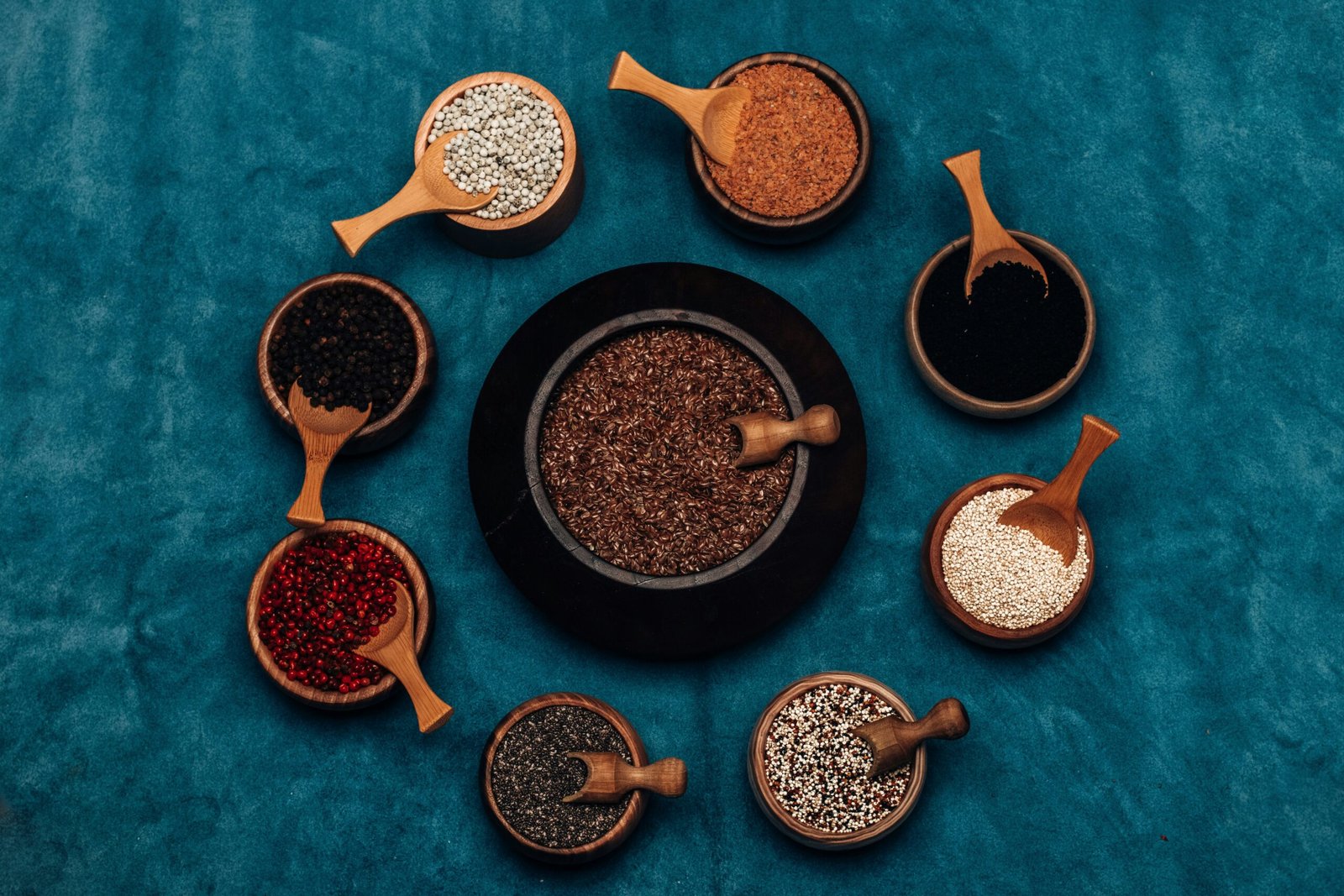Do you want your seeds to stay fresh and viable for years to come? Proper seed storage isn’t just about keeping them in a drawer—it’s about protecting their vitality for future planting. By managing moisture, temperature, and light, you can dramatically extend the life of your seeds. This guide walks you through step-by-step preparation, ideal storage conditions, and troubleshooting tips to ensure your seeds stay healthy and ready to grow.
Step 1: Clean and Prepare Your Seeds
Healthy storage starts with clean seeds. Any dirt, plant material, or pests left behind can shorten their lifespan.
- Remove debris: Brush or rinse off any soil or chaff.
- Dry thoroughly: Moisture is the number one enemy of seed storage. Lay seeds out on paper towels in a dry, well-ventilated area. For faster results, use desiccants like silica gel or uncooked rice.
- Test dryness: Seeds should be brittle or hard before storage. If they bend instead of snap, they need more drying time.
- Label everything: Write the seed type and collection date (e.g., “Tomato – 09/24”) so you always know what you have.
- Pre-container stage: Store dried seeds in small envelopes or paper packets before transferring them to airtight containers.
If you’re starting fresh and want a ready-made collection that’s easy to store, brands like My Patriot Supply offer heirloom seed vaults that come pre-packaged for long-term preservation. This makes the cleaning, drying, and labeling process much easier since seeds are already sorted and sealed.
Step 2: Create the Right Storage Environment
The golden rule of seed storage is cool, dark, and dry. Harrington’s Rule explains that every 1% drop in moisture and every 10°F drop in temperature can double a seed’s lifespan.
Practical tips for long-term success:
- Keep seeds in airtight containers (mason jars, prescription bottles, or vacuum-sealed bags).
- Store in a dark place, like a closet, cabinet, or storage box.
- Use desiccant packets to absorb excess humidity.
- Maintain temperatures between 32–41°F (typical refrigerator range).
- For maximum longevity, freeze seeds only if they are completely dry and in moisture-proof containers.
Collections like the Heirloom Seeds Vault from My Patriot Supply are designed with these conditions in mind. They’re packaged in sturdy, resealable containers that help guard against moisture and temperature swings.
Step 3: Watch for Common Storage Problems
Even with the best setup, issues can arise. Here are the main threats and how to handle them:
- Moisture: Condensation or dampness can cause mold. → Fix: Replace desiccants regularly and check containers for leaks.
- Pests: Insects and rodents may invade unsealed storage. → Fix: Always use sealed containers and keep seeds in pest-free areas.
- Temperature swings: Fluctuations speed up seed aging. → Fix: Store seeds in stable environments like a fridge, not near heaters or windows.
Routine checks are essential. Inspect your containers every few months, and keep a log of conditions so you can spot problems early.
Final Takeaway
Long-term seed storage is simple once you master the basics: clean, dry, label, seal, and store in a cool, dark place. With the right preparation and storage environment, your seeds can last for years, giving you reliable harvests season after season.
And if you want to skip some of the prep work, pre-packaged options like My Patriot Supply’s Heirloom Seeds Vault offer a convenient way to start with seeds already selected and sealed for long-term storage.
By following these practical steps, you’ll safeguard your seed collection and always be ready to plant the garden of your dreams.
Frequently Asked Questions
Q: What’s the best container for storing seeds long term?
A: Airtight glass containers, such as mason jars with rubber seals, work best. For small amounts, pill bottles or vacuum-sealed bags are great alternatives.
Q: How long can seeds stay viable?
A: Most seeds last 2–5 years under good conditions. Some species—like beans, wheat, or peas—can last decades if stored very dry and cool.
Q: Should I refrigerate or freeze my seeds?
A: Refrigeration (32–41°F) is ideal for most seeds. Freezing works only if seeds are dried thoroughly and sealed against moisture.
Q: How should I organize my seed collection?
A: Group by type, growing season, or alphabetically. Store packets in labeled boxes or drawers, and consider keeping a digital inventory for easy tracking.
Q: What’s the ideal storage temperature?
A: Between 32–41°F. Every 10°F reduction extends seed life when paired with low humidity.
Q: How do I prevent moisture damage?
A: Use airtight containers with desiccants, and keep them in stable, cool environments. Check periodically for condensation or dampness.

